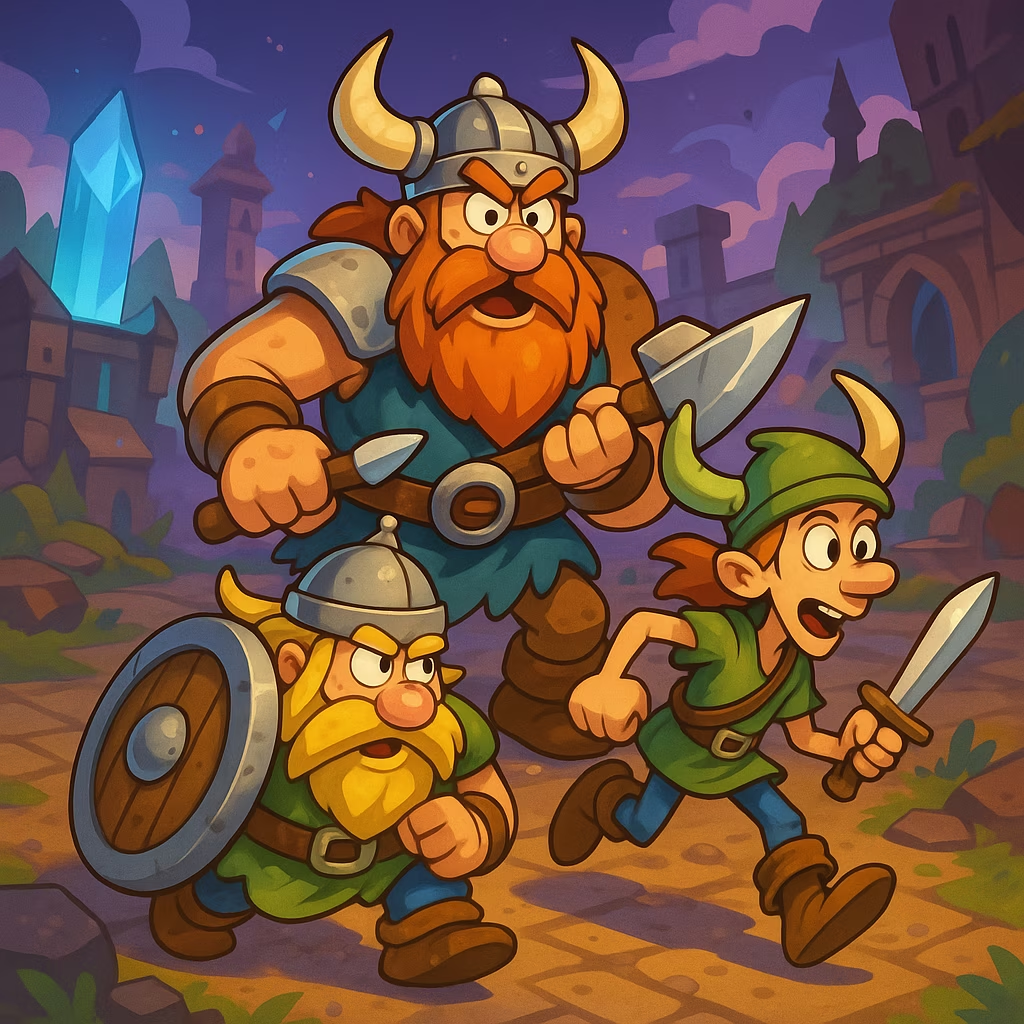Back in 2014, Blizzard was a hive of excitement with titles like World of Warcraft's Warlords of Draenor expansion and Hearthstone's single-player adventures stealing the spotlight. Amidst all that buzz, Heroes of the Storm was quietly simmering in alpha, dubbed a "hero brawler" that blurred the lines of traditional MOBAs. Fast forward to 2025, and it's fascinating to see how this game has matured from its humble beginnings. Players initially got to command iconic characters from Diablo, Warcraft, and Starcraft universes in frenetic battles, but Blizzard's real genius was in crafting unique battlegrounds to shake up the tactical landscape. 😊 Today, Heroes of the Storm isn't just surviving—it's thriving with a dedicated community and constant innovations that keep it fresh.
One standout feature that defined Heroes of the Storm early on was the Garden of Terror map, a three-lane arena that introduced a dynamic day/night cycle.  During nighttime, visibility plunged, forcing players to contend with Night Terrors, creepy creatures that roamed the field. Teams had to coordinate to defeat them all before the sun rose again, adding a layer of strategy that felt revolutionary. Blizzard designed it so that players could manipulate the cycle, creating opportunities for ambushes or diversions—imagine holding off enemies while your squad gathers seeds to summon the mighty Garden Terror. Collecting 100 seeds unleashed this powerhouse, a beast with immense health and devastating abilities like Overgrowth, which disabled enemy structures but came with a strict time limit. ⏳ This wasn't just about fighting; it was about clever resource management and split-second decisions that made every match unpredictable. Over the years, this map has been refined with visual upgrades and AI tweaks, but the core tension remains a fan favorite in 2025.
During nighttime, visibility plunged, forcing players to contend with Night Terrors, creepy creatures that roamed the field. Teams had to coordinate to defeat them all before the sun rose again, adding a layer of strategy that felt revolutionary. Blizzard designed it so that players could manipulate the cycle, creating opportunities for ambushes or diversions—imagine holding off enemies while your squad gathers seeds to summon the mighty Garden Terror. Collecting 100 seeds unleashed this powerhouse, a beast with immense health and devastating abilities like Overgrowth, which disabled enemy structures but came with a strict time limit. ⏳ This wasn't just about fighting; it was about clever resource management and split-second decisions that made every match unpredictable. Over the years, this map has been refined with visual upgrades and AI tweaks, but the core tension remains a fan favorite in 2025.
People Also Ask:
-
What sets Heroes of the Storm apart from League of Legends and Dota 2? Well, unlike those MOBA giants, Heroes emphasizes team synergy and shorter matches, with shared experience levels and map-specific objectives that encourage constant action.
-
How have the battlegrounds evolved since 2014? Blizzard has added seasonal events and user-generated content, making maps like Garden of Terror feel alive with community-driven twists.
-
Is Heroes of the Storm still free-to-play and relevant in 2025? Absolutely! It's expanded with cross-play features and regular hero rotations, keeping it accessible and competitive against newer titles.
In its journey, Heroes of the Storm faced skepticism—after all, it launched in a market dominated by League of Legends and Dota 2. Early concerns included whether it could carve out its identity beyond being a "Blizzard mashup," especially with high-profile departures like Rob Pardo stirring doubts. But by leaning into unique mechanics like the Garden Terror's summoning system, Blizzard differentiated itself. Players found joy in the chaos, where a well-timed Overgrowth could turn the tide of battle, fostering a sense of camaraderie that other MOBAs sometimes lacked. 😄 By 2025, the game has seen numerous expansions, introducing heroes from newer Blizzard franchises and refining battlegrounds with environmental hazards that reward adaptive playstyles. For instance:
| Feature | Initial (2014) | Current (2025) |
|---|---|---|
| Hero Roster | 30+ classics | 100+ characters, including AI-enhanced variants |
| Map Variety | Focused on Garden Terror | 20+ battlegrounds with dynamic weather effects |
| Player Base | Alpha testers | Millions globally, with esports leagues |
Looking ahead, I'm genuinely excited about the future of Heroes of the Storm. Personally, I envision it embracing emerging tech like AI-generated storylines and virtual reality integrations, where players could experience battlegrounds like the Garden of Terror in immersive 3D environments. Imagine controlling the Night Terrors with neural interfaces or battling alongside AI companions that learn from your strategies. This isn't just wishful thinking—Blizzard's track record suggests they'll push boundaries, potentially making Heroes a pioneer in adaptive gameplay that blurs reality and fantasy. Such innovations could redefine MOBAs, offering experiences that feel personal and ever-evolving. 🌟 Until then, Heroes of the Storm stands as a testament to Blizzard's creativity, proving that even a "hero brawler" can grow into a cultural phenomenon with staying power.
